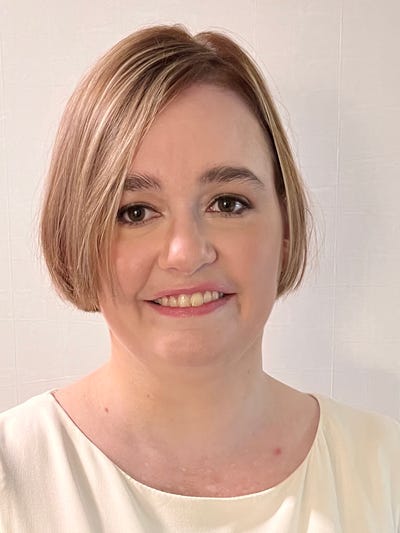Embracing Disruptive Design Constraints
This week in Pedersen's POV, our senior editor shares why medical device designers should embrace constraints.
December 11, 2023

One of my go-to questions when I interview engineers about a particular medical device project is about the design constraints. I like to hear about the most challenging design considerations, and how the team managed to meet them. This, I have come to realized, is where meaningful learnings emerge.
But until recently, I haven't given much thought to embracing constraints in my own work. That changed when I was tasked with compiling a list of 24 Medtech Voices to Follow in 2024.
Finding medtech professionals who consistently lead and/or contribute to inspiring conversations about the medical device and diagnostics industry was the easy part. The challenge came from taking a working list of about 50 individuals and whittling it down to 24.
Sure, I could have simply taken the 24 individuals with the most followers on social media. But I wanted this list to be unique and to include some of the less obvious thought leaders in medtech. It was also important to me that the list represent a diverse group of backgrounds, job functions, experience levels, and topics of interest relevant to the MD+DI community. I also wanted to recognize a few "up and comers." Those who might have a lower following than others on the list, but the content they put out is original and I am eager to watch their social media presence grow in the coming year. This meant making some tough decisions on who would ultimately make the cut. In the end, I believe the list is stronger because of these constraints.
This is not, of course, meant to compare a subjective list of industry influencers to the critical task of designing a medical device. But the assignment did give me a greater appreciation for the challenges that engineers in the medical space must face on a daily basis to meet design constraints in order to bring to market a product that improves lives.
Take, for example, the Skytrofa Auto-Injector that Phillips-Medisize designed in collaboration with its customer, Ascendis Pharma. By creating and embracing design constraints, the team ended up with an award-winning product that enables convenient and efficient preparation and delivery of Skytrofa, a growth hormone treatment for children. The design of the auto-injector has been praised for its ease of use and optics, as well as convenient and safe process control with reduced pharmaceutical waste.
Stories like these are what inspire me to continue to include interview questions about challenging design considerations when I have an opportunity to speak with the engineers most closely involved with a particular medical device project. I've also noticed a pattern: the medtech teams that create and embrace constraints tend to not only end up with a more innovative product, but they are able to glean important design and engineering lessons that can be carried forward to future projects.
About the Author(s)
You May Also Like



.png?width=300&auto=webp&quality=80&disable=upscale)
